Biological builders like beavers, elephants, and shipworms re-engineer their environments. How this affects their ecological network is the subject of new research, which finds that increasing the number of “ecosystem engineers” stabilizes the entire network against extinctions.
Month: July 2020

Reverse engineering of 3D printed parts by machine learning Reveals security vulnerabilities
Glass- and carbon- fiber reinforced composites, whose use in aerospace and other high-performance applications is soaring. Components made of these materials are often 3D printed. Their strength and flexibility depends on how each layer of fibers is deposited by the printer head, whose layer-by-layer orientation is determined by toolpath instricutions in a component’s CAD file. A team of NYU Tandon researchers showed that that 3D printing toolpaths are easy to reproduce — and therefore steal — with machine learning. They demonstrated a method of reverse engineering of a 3D-printed glass fiber reinforced polymer filament that, when 3D-printed, has a dimensional accuracy within one-third of 1% of the original part.
Cleveland Clinic, Cleveland State University Receive $1.2 Million NIH Award to Recruit Underrepresented Minority Ph.D. Students
At a time when the national conversation is focused on narrowing the gap of racial equity, two of Cleveland’s anchor institutions have been awarded grant funding that will help them turn words into action.
Cleveland State University and Cleveland Clinic Lerner Research Institute received a five-year, $1.2 million T32 training award from the National Institutes of Health to recruit underrepresented minority Ph.D. students and students underrepresented in the science and technology workforce.
How Prison and Police Discrimination Affect Black Sexual Minority Men’s Health
Incarceration and police discrimination may contribute to HIV, depression and anxiety among Black gay, bisexual and other sexual minority men, a Rutgers led study finds.

Summit Helps Predict Molecular Breakups
A team used the Summit supercomputer to simulate transition metal systems—such as copper bound to molecules of nitrogen, dihydrogen, or water—and correctly predicted the amount of energy required to break apart dozens of molecular systems, paving the way for a greater understanding of these materials.
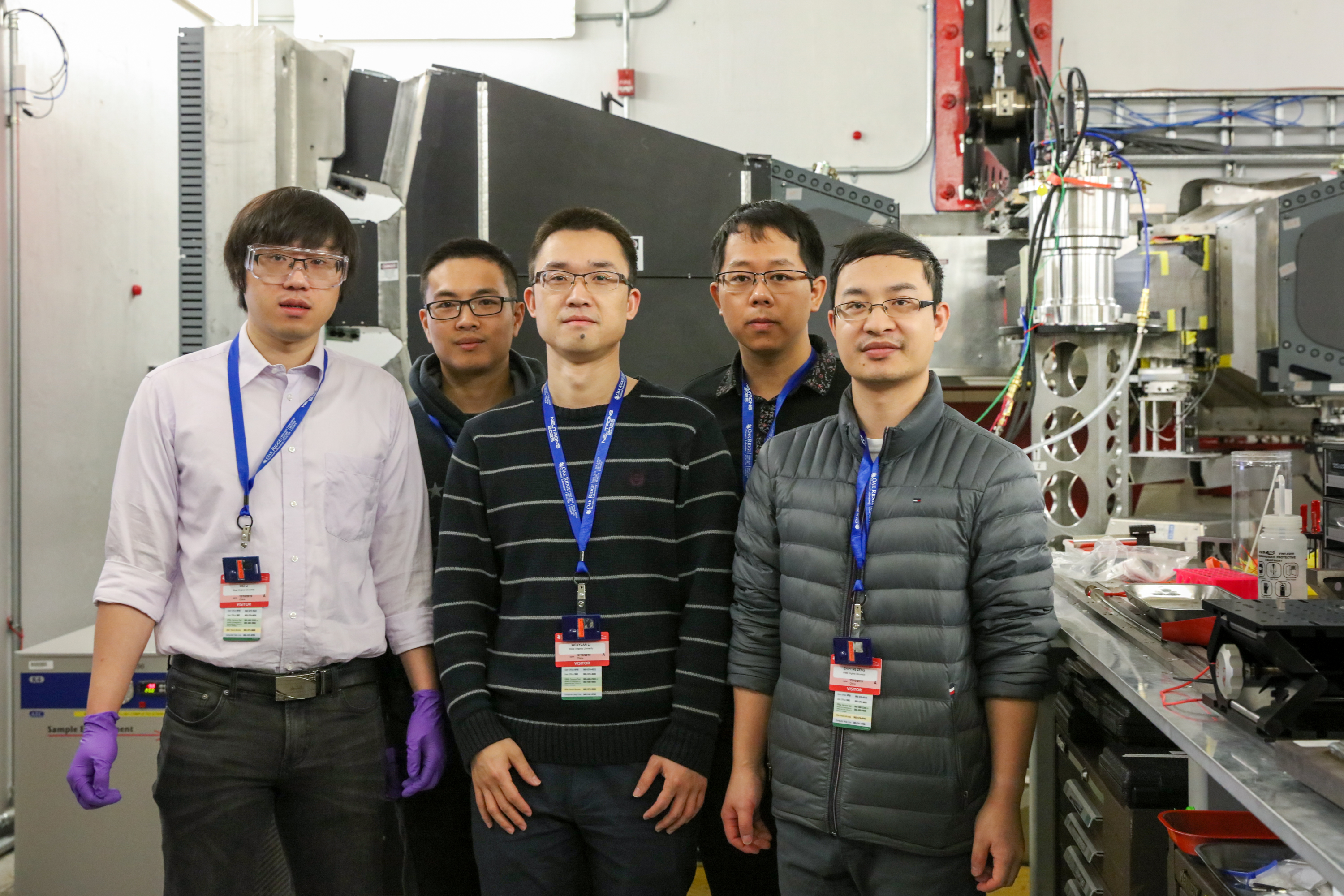
West Virginia researchers use neutrons to study materials for power plant improvements
Researchers from West Virginia University are using neutron scattering at Oak Ridge National Laboratory to study novel materials called high entropy oxides, or HEOs. Their goal is to collect insights into how the atoms in the HEOs bind together and whether the materials can be used to develop useful applications to improve power plant operations.
Tiny mineral particles are better vehicles for promising gene therapy
University of Wisconsin–Madison researchers have developed a safer and more efficient way to deliver a promising new method for treating cancer and liver disorders and for vaccination — including a COVID-19 vaccine from Moderna Therapeutics that has advanced to clinical trials with humans.
New method measures temperature within 3D objects
University of Wisconsin–Madison engineers have made it possible to remotely determine the temperature beneath the surface of certain materials using a new technique they call depth thermography. The method may be useful in applications where traditional temperature probes won’t work, like monitoring semiconductor performance or next-generation nuclear reactors.
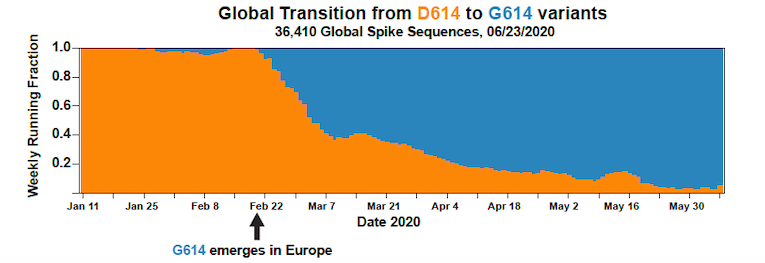
Newer variant of COVID-19–causing virus dominates global infections
Research out today in the journal Cell shows that a specific change in the SARS-CoV-2 coronavirus virus genome, previously associated with increased viral transmission and the spread of COVID-19, is more infectious in cell culture.
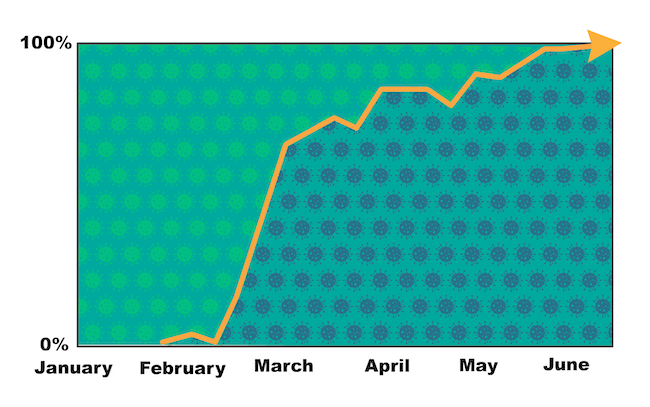
From Wuhan to San Diego—How a mutation on the novel coronavirus has come to dominate the globe
Two variants of the novel coronavirus (SARS-CoV-2), called G614 and D614, were circulating in mid-March.
A new study shows that the G version of the virus has come to dominate cases around the world. They report that this mutation does not make the virus more deadly, but it does help the virus copy itself, resulting in a higher viral load, or “titer,” in patients.
New Study Explains Potential Causes for “Happy Hypoxia” Condition in COVID-19 Patients
A new research study provides possible explanations for COVID-19 patients who present with extremely low, otherwise life-threatening levels of oxygen, but no signs of dyspnea (difficulty breathing). This new understanding of the condition, known as silent hypoxemia or “happy hypoxia,” could prevent unnecessary intubation and ventilation in patients during the current and expected second wave of coronavirus.

Science fiction becomes fact — Teleportation helps to create live musical performance
Teleportation is most commonly the stuff of science fiction and, for many, would conjure up the immortal phrase “Beam me up Scotty”.
New Study Explains Potential Causes for “Happy Hypoxia” Condition in COVID-19 Patients
A new research study provides possible explanations for COVID-19 patients who present with extremely low, otherwise life-threatening levels of oxygen, but no signs of dyspnea (difficulty breathing). This new understanding of the condition, known as silent hypoxemia or “happy hypoxia,” could prevent unnecessary intubation and ventilation in patients during the current and expected second wave of coronavirus.
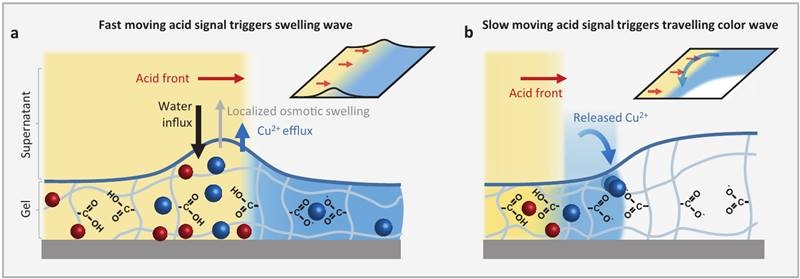
Integrating Variable Signals in Hydrogels
All living organisms have systems that can link multiple signals to manage tasks. This ability, called complex signal integration, is not found in artificial systems. This new study demonstrates a pathway for simple, soft artificial materials called hydrogel polymers to use multiple signals from external sources to produce distinct responses.

Carbon-loving materials designed to reduce industrial emissions
Researchers at the Department of Energy’s Oak Ridge National Laboratory and the University of Tennessee, Knoxville, are advancing gas membrane materials to expand practical technology options for reducing industrial carbon emissions.
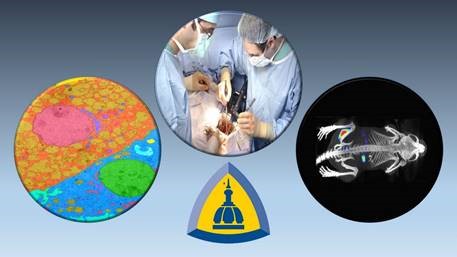
Research News Tip Sheet: Story Ideas from Johns Hopkins Medicine
During the COVID-19 pandemic, Johns Hopkins Medicine Media Relations is focused on disseminating current, accurate and useful information to the public via the media. As part of that effort, we are distributing our “COVID-19 Tip Sheet: Story Ideas from Johns Hopkins” every Tuesday throughout the duration of the outbreak.
Stellar Fireworks Celebrate Birth of Giant Cluster
Astronomers created a stunning new image showing celestial fireworks in star cluster G286.21+0.17.
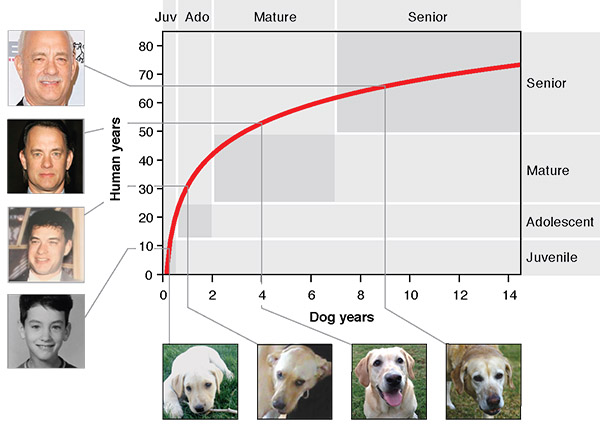
How Old Is Your Dog in Human Years? Scientists Develop Better Method than ‘Multiply by 7’
By mapping molecular changes in the genome over time, UC San Diego researchers developed a formula to more accurately compare dog age to human age — a tool that could also help them evaluate how well anti-aging products work.
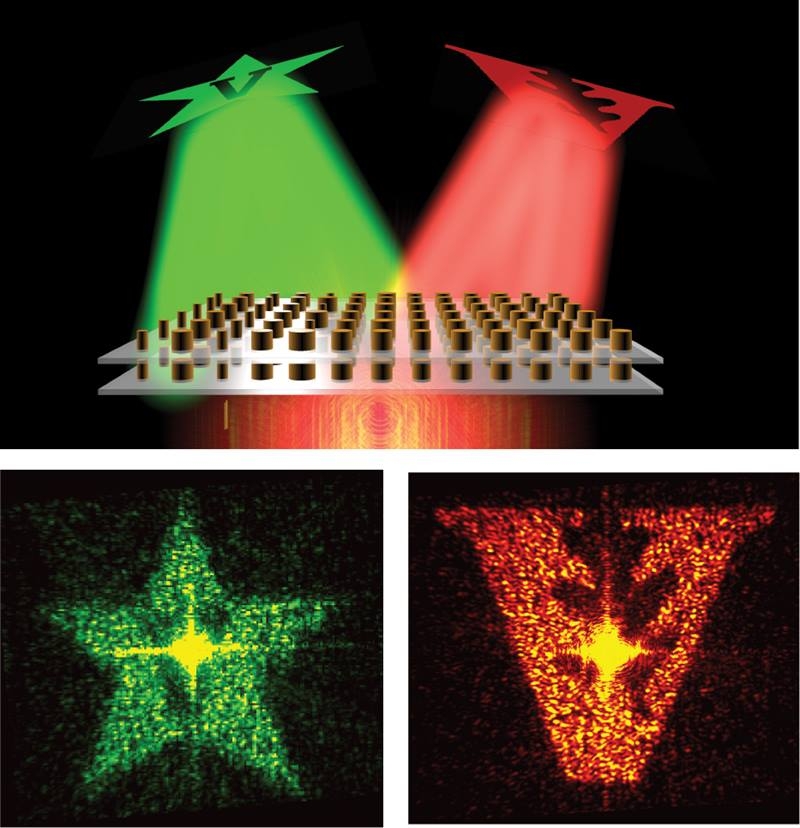
Designing Better Holograms
Researchers demonstrated novel ways to design and build materials for controlling light. The new materials have two layers of metasurfaces, overcoming the limits on conventional single-layer materials. The novel two-layer design enables a new level of control over light properties and more functionality for devices that use these materials.
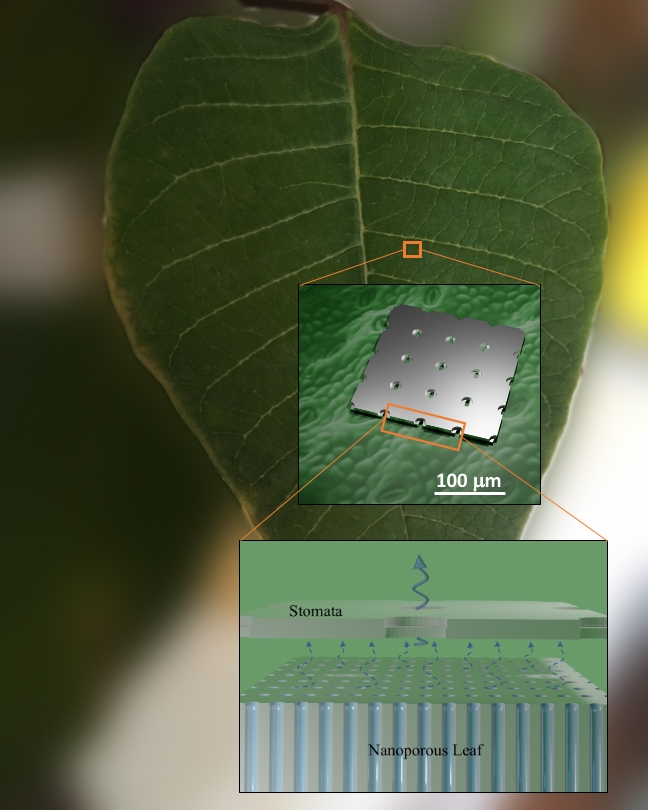
Stabilizing Water Loss in Synthetic Trees
Scientists are developing “synthetic trees” that work like their natural counterparts to serve in specific applications. In an important step, scientists fabricated synthetic leaves using nanoporous disks that control moisture at the scale of molecules to mimic natural transpiration. The disks use a novel, layered design topped with silicon pores to trap water vapor.

Being Exceptional in Higher Dimensions
By connecting electromagnetic waves and magnetism to create a system made of magnon polaritons, scientists demonstrated the existence of an “exceptional surface” for the first time. Exceptional surfaces were originally a purely mathematical concept, but recent research shows they have potential physical, real-world applications.
Stemming the Spread of Misinformation on Social Media
New research reported in the journal Psychological Science finds that priming people to think about accuracy could make them more discerning in what they subsequently share on social media.
Gender gaps in STEM college majors emerge in high school
Although studies have shown that women are more likely than men to enter and complete college in U.S. higher education, women are less likely to earn degrees in science, technology, engineering and math fields.
In new research, Kim Weeden, the Jan Rock Zubrow ’77 Professor of the Social Sciences in the College of Arts and Sciences at Cornell University, traces the discrepancy in college majors back to gender differences that emerge early in high school.
Science behind face masks shows their benefit, Virginia Tech expert says
With social distancing restrictions easing nationwide, many areas are requiring people to wear face masks in public places. Wondering what type of face mask works best to prevent the further spread of COVID-19? Virginia Tech expert Peter Jobst explains the…
Laughing gas may bring relief to veterans suffering from PTSD, new study suggests
A small pilot study provides an early glimpse of how some veterans struggling with PTSD may benefit from one simple, inexpensive treatment involving nitrous oxide, commonly known as laughing gas.
American Academy of Ophthalmology to Launch its First Open Access Journal in Early 2021
The American Academy of Ophthalmology today announced plans to expand the Ophthalmology family of journals to include Ophthalmology Science, an online open access journal.
Prospective teachers misperceive Black children as angry
Prospective teachers appear more likely to misperceive Black children as angry than white children, which may undermine the education of Black youth, according to new research published by the American Psychological Association.

Understanding The Circadian Clocks of Individual Cells
DALLAS – July 2, 2020 – Two new studies led by UT Southwestern scientists outline how individual cells maintain their internal clocks, driven both through heritable and random means. These findings, published online May 1 in PNAS and May 27 in eLife, help explain how organisms’ circadian clocks maintain flexibility and could offer insights into aging and cancer.
Coronavirus damages the endocrine system
People with endocrine disorders may see their condition worsen as a result of COVID-19, according to a new review published in the Journal of the Endocrine Society.
Patients may be exposed to hormone-disrupting chemicals in medication, medical supplies
Health care providers may unintentionally expose patients to endocrine- disrupting chemicals (EDCs) by prescribing certain medications and using medical supplies, according to a perspective published in the Endocrine Society’s Journal of Clinical Endocrinology & Metabolism.
In mouse study, black raspberries show promise for reducing skin inflammation
Eating black raspberries might reduce inflammation associated with skin allergies, a new study indicates.
Learn from the pandemic to prevent environmental catastrophe, scientists argue
• COVID-19 is comparable to climate and extinction emergencies, say scientists from the UK and US – all share features such as lagged impacts, feedback loops, and complex dynamics.
• Delayed action in the pandemic cost lives and economic growth, just as it will with environmental crises – but on a scale “too grave to contemplate”.
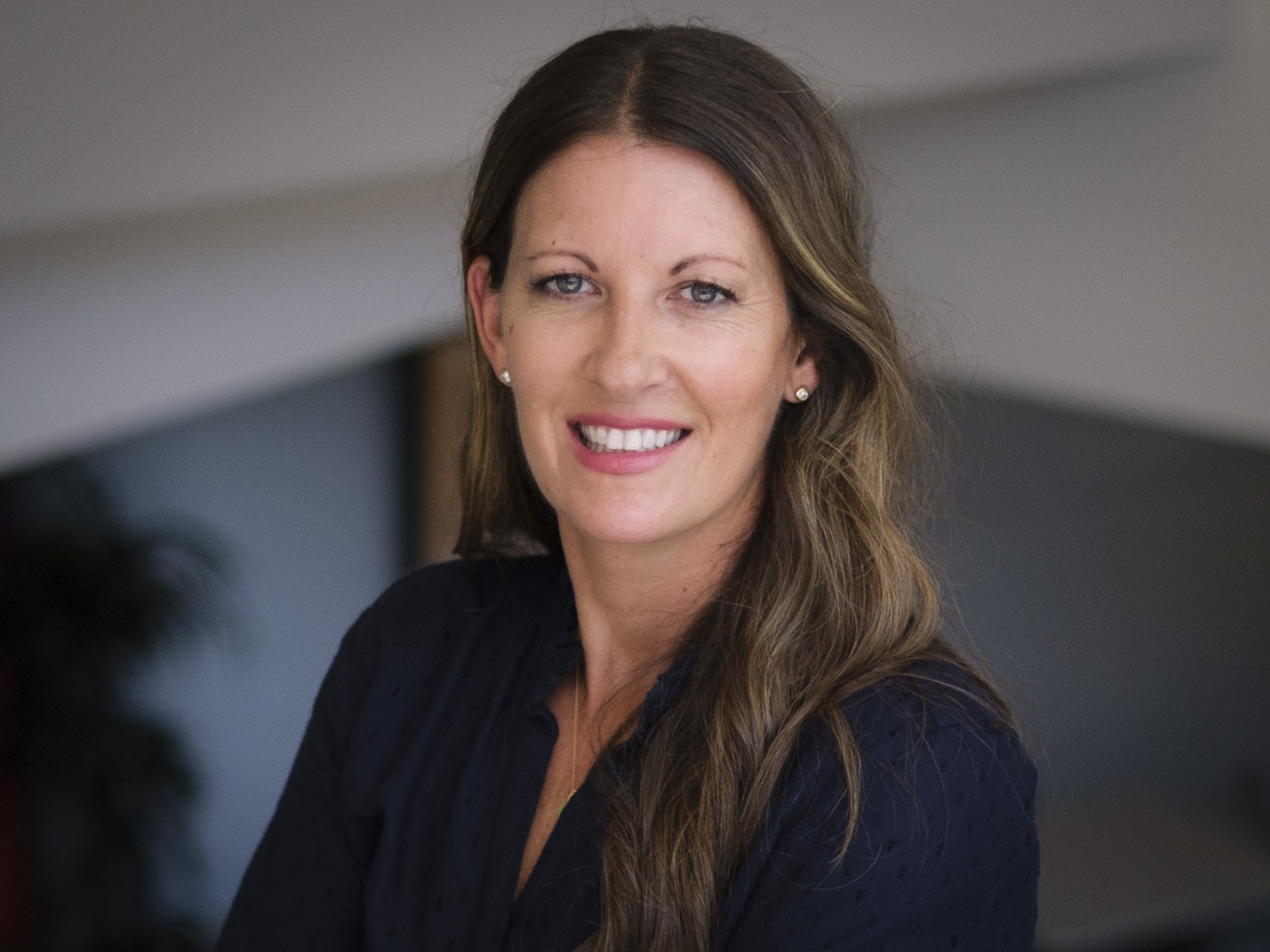
American Cancer Society awards Research Scholar Grant to Brooke Emerling
Sanford Burnham Prebys Medical Discovery Institute is pleased to announce that the American Cancer Society (ACS) has awarded Brooke Emerling, Ph.D., a Research Scholar Grant to study a new approach to targeting tumors that have a mutation in the p53 gene—the most altered gene in human cancers. The grants are often a career-launching award for “rising stars” in the cancer research arena.
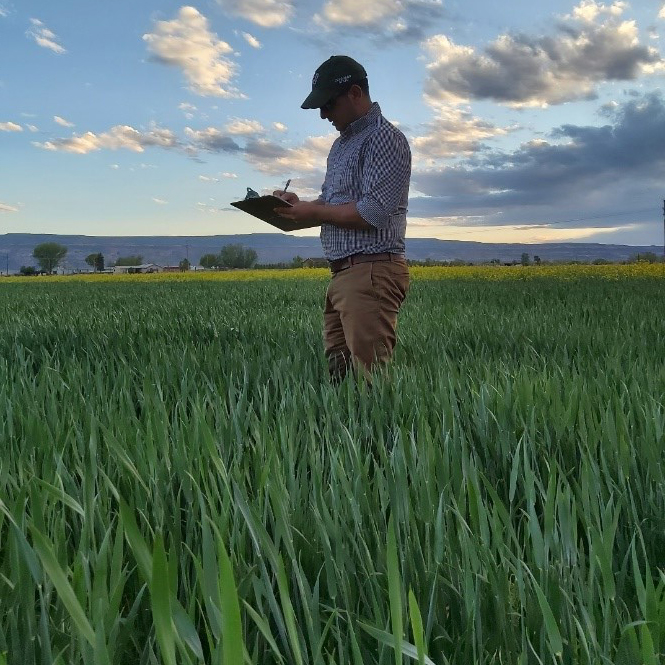
Putting zinc on Bread Wheat Leaves
Applying zinc to the leaves of bread wheat can increase wheat grain zinc concentrations and improve its nutritional content.
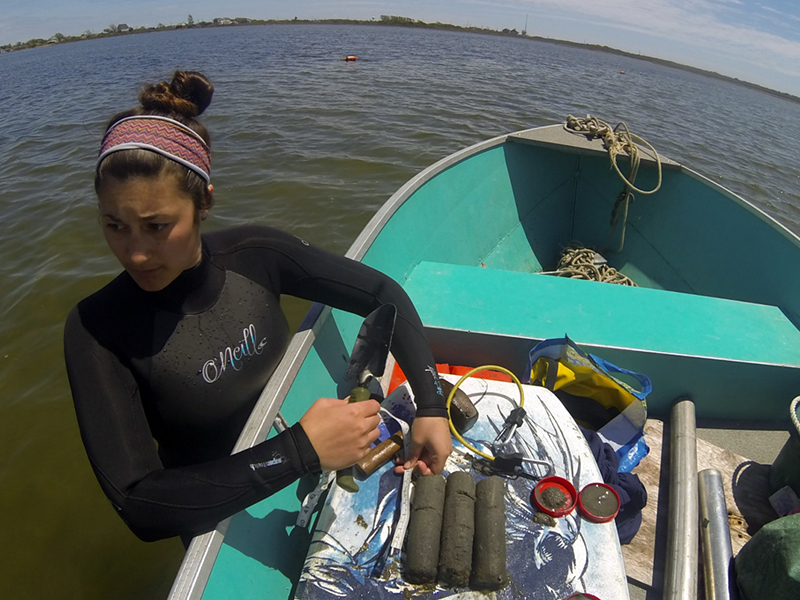
How are oysters farmed – and what’s the effect on subaqueous soils?
Oyster aquaculture poses minor changes to soils and bottom-dwelling communities

Massachusetts Eye and Ear Enters Licensing Agreement with Biogen to Develop Treatment for Inherited Retinal Disorder
Massachusetts Eye and Ear, a member hospital of Mass General Brigham, is entering into an exclusive licensing agreement with Biogen to develop a potential treatment for inherited retinal degeneration due to mutations in the PRPF31 gene, which are among the most common causes for autosomal dominant retinitis pigmentosa.
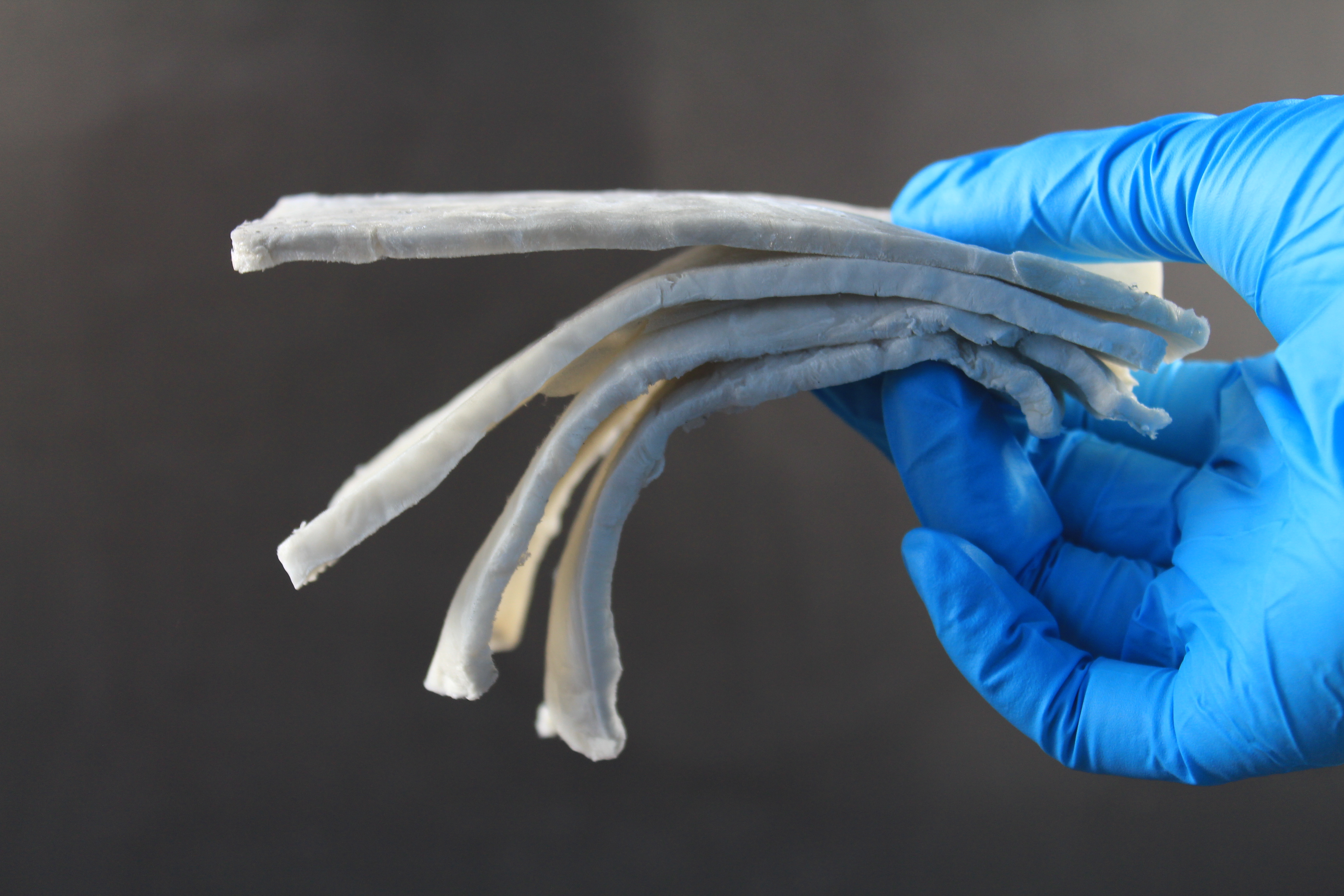
The lightest shielding material in the world
Empa researchers have succeeded in applying aerogels to microelectronics: Aerogels based on cellulose nanofibers can effectively shield electromagnetic radiation over a wide frequency range – and they are unrivalled in terms of weight.

Mothering in domestic violence: protecting children behind closed doors
As emerging data shows an alarming rise of domestic violence during the pandemic, researchers at the University of South Australia are urging practitioners to look beyond clinical observations and focus on the strengths that mothers exercise to protect their children from domestic abuse.
Men More Likely than Women to be Seen as Brilliant
Men are more likely than are women to be seen as “brilliant,” finds a new study measuring global perceptions linked to gender. The work concludes that these stereotyped views are an instance of implicit bias, revealing automatic associations that people cannot, or at least do not, report holding when asked directly.
Common Fireworks Release Toxic Metals Into the Air
Some of America’s favorite Independence Day fireworks emit lead, copper, and other toxins, a new study suggests. These metals, which are used to give fireworks their vibrant color, also damage human cells and animal lungs.
COVID-19 seed grants awarded to 7 ISU research projects
Iowa State’s COVID-19 Research Seed Grant program will support the initial stages of high-risk/high-reward projects that address the COVID-19 crisis.

The Medical Minute: How to help teen drivers stay safe
A driver’s license presents exciting new freedoms for teenagers and a whole new level of worry for their parents. Fortunately, there are steps that adults can take to keep their teen drivers as safe as possible.

TMS and MRS Announce 2020-2021 Congressional Science and Engineering Fellow
Megan Malara, The Ohio State University, has been named as the 2020-2021 TMS/MRS Congressional Science and Engineering Fellow.
National Survey on COVID-19 Pandemic Shows Significant Mental Health Impact
The findings of a nationwide survey assessing the effects of the COVID-19 pandemic on the emotional wellbeing of U.S. adults show 90 percent of survey respondents reported experiencing emotional distress related to the pandemic.
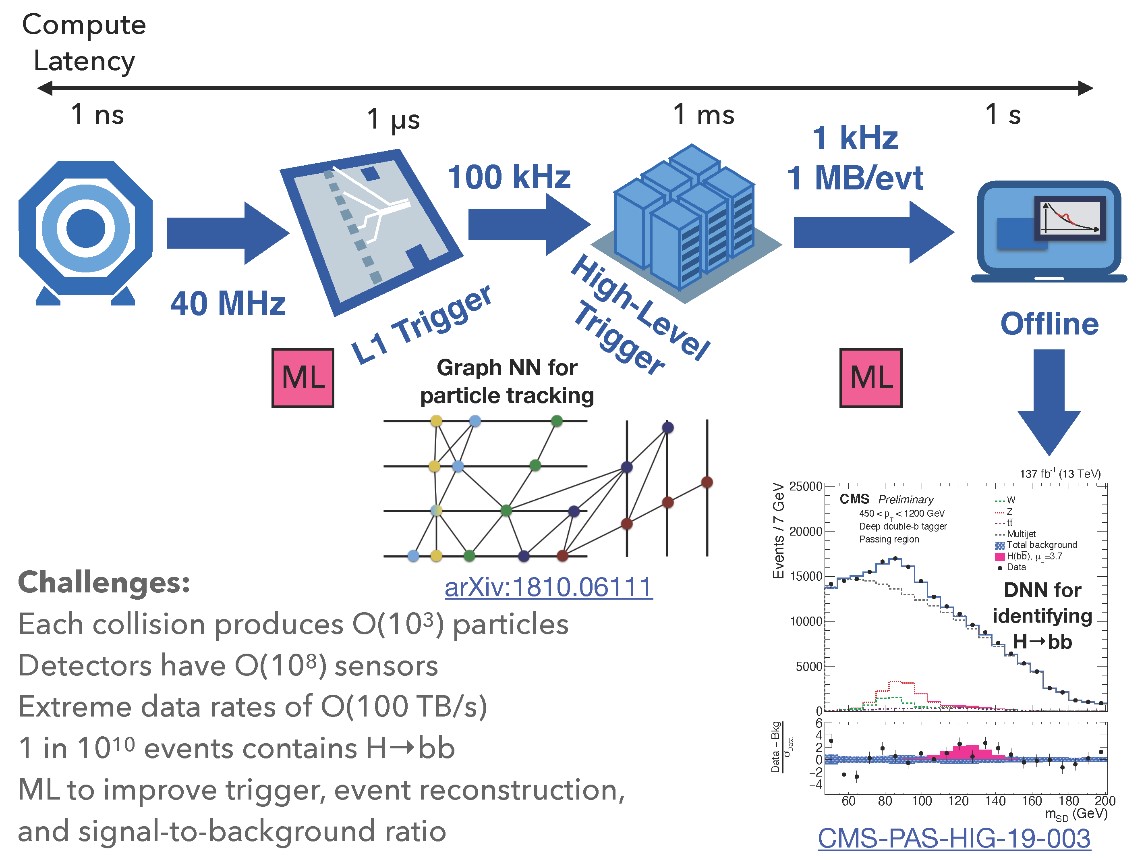
National Science Foundation Awards $5 Million to Develop Innovative AI Resource
The NSF has awarded the San Diego Supercomputer Center (SDSC) at UC San Diego a $5 million grant to develop a high-performance resource for conducting artificial intelligence (AI) research across a wide swath of science and engineering domains.
Study: Fever-Associated Seizures After Vaccination Do Not Affect Development, Behavior
Now a new study has found there is no difference in developmental and behavioral outcomes for children who have febrile seizures after vaccination, children who have febrile seizures not associated with vaccination and children who have never had a seizure. The new study is published in the July 1, 2020 online issue of Neurology®, the medical journal of the American Academy of Neurology. Febrile seizures are also known as febrile convulsions.
Does Deep Brain Stimulation for Parkinson’s Increase Risk of Dementia?
There’s good news for people with Parkinson’s disease. A new study shows that deep brain stimulation may not increase the risk of developing dementia. The study is published in the July 1, 2020, online issue of Neurology®, the medical journal of the American Academy of Neurology.
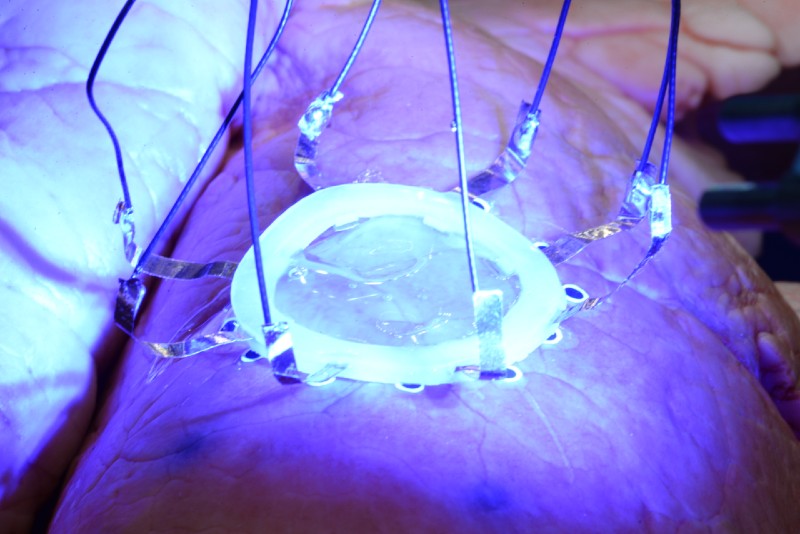
Engineers 3D-print sensors onto moving organs
A new technique funded by NIBIB and developed by University of Minnesota researchers allows 3D printing of hydrogel-based sensors directly on the surface of organs, such as lungs—even as they expand and contract.
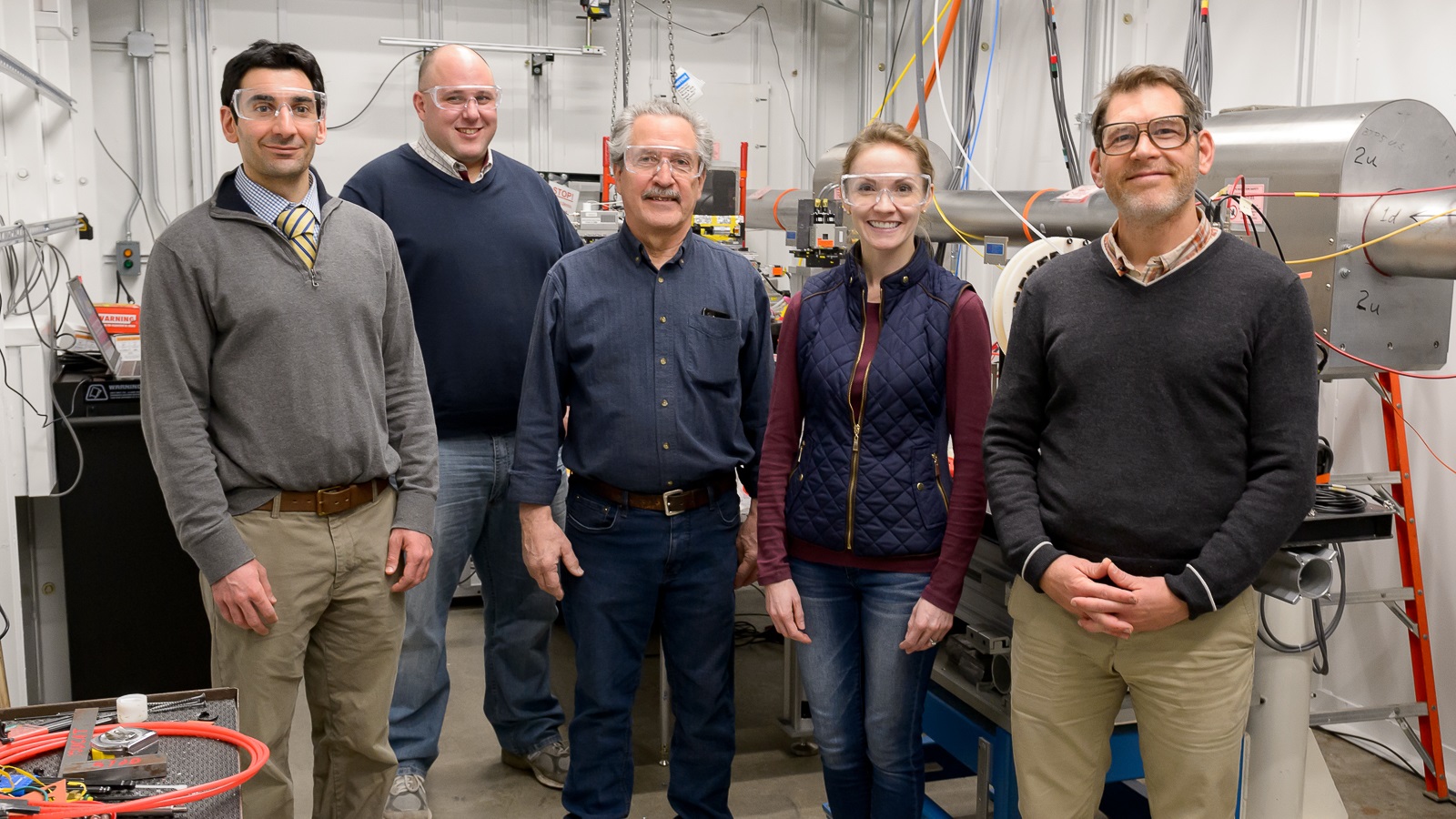
High-throughput X-ray diffraction instrument comes to Argonne’s Advanced Photon Source
A collaboration between Argonne and several universities has led to the creation of a new high-throughput X-ray diffraction instrument that will enable materials research and clear the way for improvements in advance of the APS Upgrade.
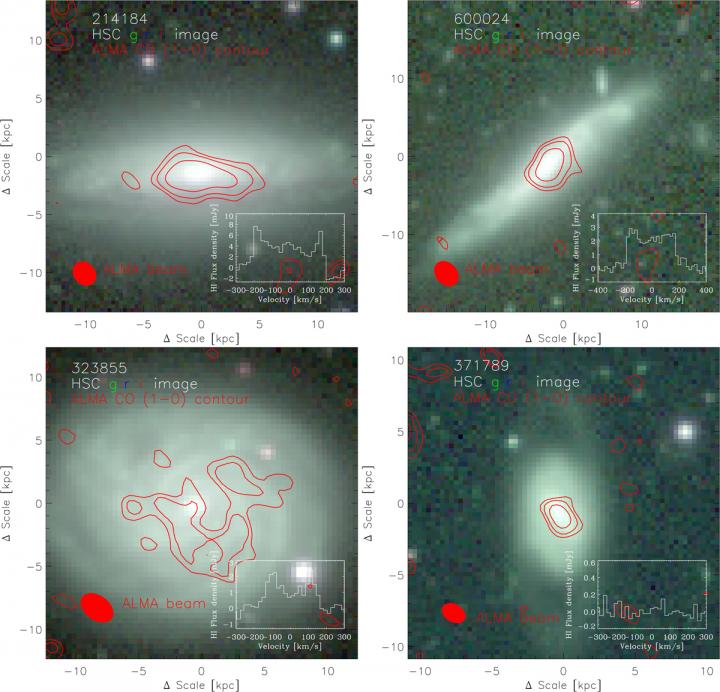
FAST detects neutral hydrogen emission from extragalactic galaxies for the first time
The Five-hundred-meter Aperture Spherical Radio Telescope (FAST) is the largest telescope with the highest sensitivity in the world. Extragalactic neutral hydrogen detection is one of important scientific goals of FAST.